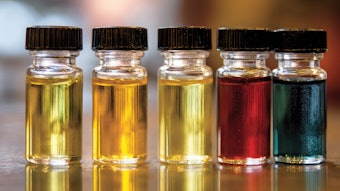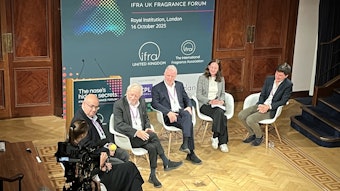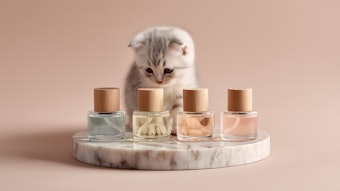Bitter orange flower oil, or neroli oil, and rose oil are highly valued essential oils in perfumery. Both oils are used in alcoholic perfumery, as extrait perfumes, toilet waters, after-shaves and eau de colognes. Thorough studies and excellent reviews have appeared about bitter orange flower oil and rose oil.
Kaiser and Lamparsky published detailed results on the constituents of bitter orange flower headspace and the flower absolute. They could detect only 2-methylbutyronitrile in the complex mixture from the flower headspace, from which they collected a very small quantity Several new benzenoid, monoterpenoid and sesquiterpenoid nitrogen derivatives were found in the absolute. More recent investigations of the composition and olfactive quality of bitter orange flower oil have been published by Boelens and Anonis. Lawrence wrote a valuable review about the chemical composition of bitter orange oil.
Kovats reported on an intensive study that was carried out on rose oil over a ten-vear period in cooperation with scientists at Firmenich. The study resulted in the identification of an additional 127 constituents in the oil. More recently, Lawrence wrote a thorough review on the chemical composition of rose oils from different species and various origins covering 68 publications. In 1992, Brunke et al. published their results of the headspace analyses of four rose cultivars of Rosa damascena. Ohloffl very recently reviewed the chemical composition of rose oil and discussed the sensory properties of the main constituents in detail. In 1991, Moates and Reynolds published their studies on the extraction of rose petals using the techniques of solvent extraction (hexane), steam distillation and high-pressure carbon dioxide.










